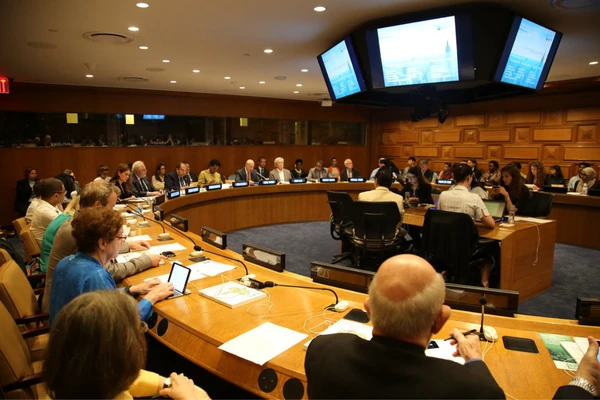Recently, United Nations Department of Economic and Social Affairs launched the ‘2024 Financing for Sustainable Development Report: Financing for Development at a Crossroads (FSDR 2024).
Key highlights of the report:
Investment Trends in India:
- Multinationals are increasingly viewing India as a viable alternative for manufacturing, particularly amid efforts to diversify supply chains.
- The report highlights India’s attractiveness as an alternative to China, particularly in the wake of geopolitical tensions.
- The country’s investment attractiveness remains strong, buoyed by factors such as favorable policies and a skilled workforce.
- The report highlights the role of fintech in facilitating financial inclusion and digital payments in India.
Challenges Facing Developing Countries:
- The report indicates subdued investment globally, attributed to rising geopolitical tensions, climate disasters, and a global cost-of-living crisis.
- The report points to a substantial financing gap in developing countries, estimated at $2.5 trillion to $4 trillion annually.
- Developing nations encounter significant obstacles in accessing both long-term and contingency financing, exacerbating development challenges.
- Developing countries face challenges such as softer external demand, volatile commodity prices, and fiscal constraints, impacting investment prospects.
- The enabling environment is weak due to policy, regulatory, and tax frameworks that are not adequately aligned with the Sustainable Development Goals (SDGs).
Reasons for low financing:
Impact of Systemic Risks:
- Systemic risks, such as the COVID-19 pandemic and escalating climate disasters, have strained national financing frameworks, hindering progress towards sustainable development goals (SDGs).
- Average GDP growth rates in developing countries have declined to just over 4% annually, further complicating efforts to mobilize resources.
Debt Burdens and Climate-Related Challenges:
- Rising debt burdens and borrowing costs pose significant challenges, especially for the least developed countries.
- Developing countries, especially the least developed, face mounting debt burdens, with the median debt service burden reaching 12% in 2023.
- Climate-related disasters contribute significantly to the debt upsurge in vulnerable nations, underscoring the interconnectedness of environmental and economic challenges.
Recommendations for Addressing Financing Gaps:
- Enhancing tax capacity to increase tax revenue and support SDGs.
- Need for greater commitment to tackle issues such as tax avoidance, fossil fuel subsidies, and inequalities to mobilize resources effectively.
- Strengthening international development cooperation to mobilize additional financial resources, including blended finance approaches focused on sustainable trade and responsible business conduct.
- Taking decisive action to alleviate debt challenges in developing countries.
- Promoting coherence between trade, investment, and sustainable development agendas.
- Allocating funding for data and statistical systems to generate actionable insights for advancing SDGs.
Ref:Source
| UPSC IAS Preparation Resources | |
| Current Affairs Analysis | Topperspedia |
| GS Shots | Simply Explained |
| Daily Flash Cards | Daily Quiz |



